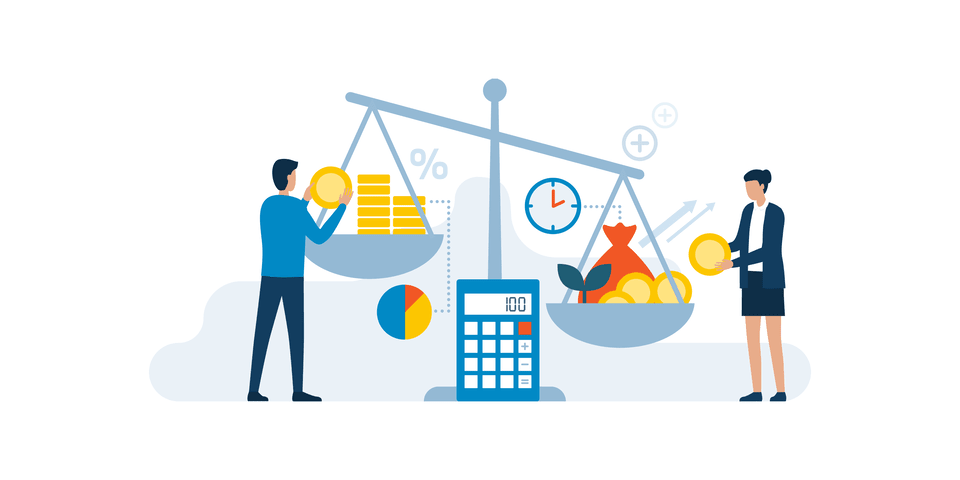
Liability accounts include interest owed on loans from creditors—known as interest payable, as well as any tax obligations accumulated by a company, which are known as taxes payable. Although there is no legal or prescribed time limit, money owed must be paid within a short time—usually within 30, 45, or 60 days. Some companies may offer newer customers a shorter time to pay (or ask for immediate payment) for goods and services while retained earnings others may offer better customers more time to pay.
Carried forwards across accounting periods:

In such cases, the company recognizes an expense on its income statement but also records a corresponding liability on the balance sheet. Transferring economic benefits such as goods, cash, or services can help settle long-term liabilities. Accounts payable, mortgages and debentures, loans, and accrued expenses are all examples of liability.
What Are Liabilities in Accounting?
Whether it’s office space, equipment, or vehicles, leases provide flexibility and liquidity benefits. Accounting for such leases has undergone significant changes under FRS 102, the financial reporting standard for the UK and Ireland. Grocery Store Accounting Recent amendments now require lessees to recognize most leases on their balance sheets, aligning more closely with IFRS 16.
Difference between Liabilities and Expenses in Tabular Form

Simply put, payroll costs, expenses, and tax liabilities are all very important aspects of running a business. Together they represent the money a company owes from processing the payroll to paying its employees, which is a significant expense for most businesses. One important attribute of liabilities is that they arise from past transactions or events. For example, accounts payable represent amounts owed to suppliers for goods or services received but not yet paid for. Similarly, long-term loans represent borrowed funds that need to be repaid over an extended period.
- These companies need to stretch their initial equity and any debt they can raise for as long as possible.
- The ROU asset is treated similarly to other tangible fixed assets, meaning it is depreciated over the shorter of the lease term or the asset’s useful life.
- Whether you’re a CFO, an AP manager, or new to finance, this guide will give you the clarity you need.
- See some examples of the types of liabilities categorized as current or long-term liabilities below.
- A service provider sends an invoice to make it easier for oil companies to pay later.
The receiving company records AR under the current assets section of its balance sheet. Liability refers to financial obligations or debts a company owes to external parties, such as loans or accrued expenses. On the other hand, an expense is the cost incurred in the current period for generating revenue, reducing a company’s net income. A cost is simply a cost that a business incurs or money it spends to generate revenue from its sale of goods and expenses vs liabilities services. Although expenses have lower owner equity, they can be used to generate revenue. Accounts payable are short-term obligations that companies must pay for unpaid goods and services delivered.
- More specifically, they are considered short-term liabilities or debts owed to suppliers and/or creditors.
- Effective management of AP and TP leads to better financial control, improved vendor relationships, and long-term business growth.
- Expenses represent ongoing operational costs, while major expenditures require upfront investments that, if not planned properly, can strain cash reserves.
- If the order were to continue to cause clients to terminate their engagements, “it would put the firm’s solvency and very existence at risk,” Burman said.
- Accounts payable appear on a company’s balance sheet under the current liabilities section.
